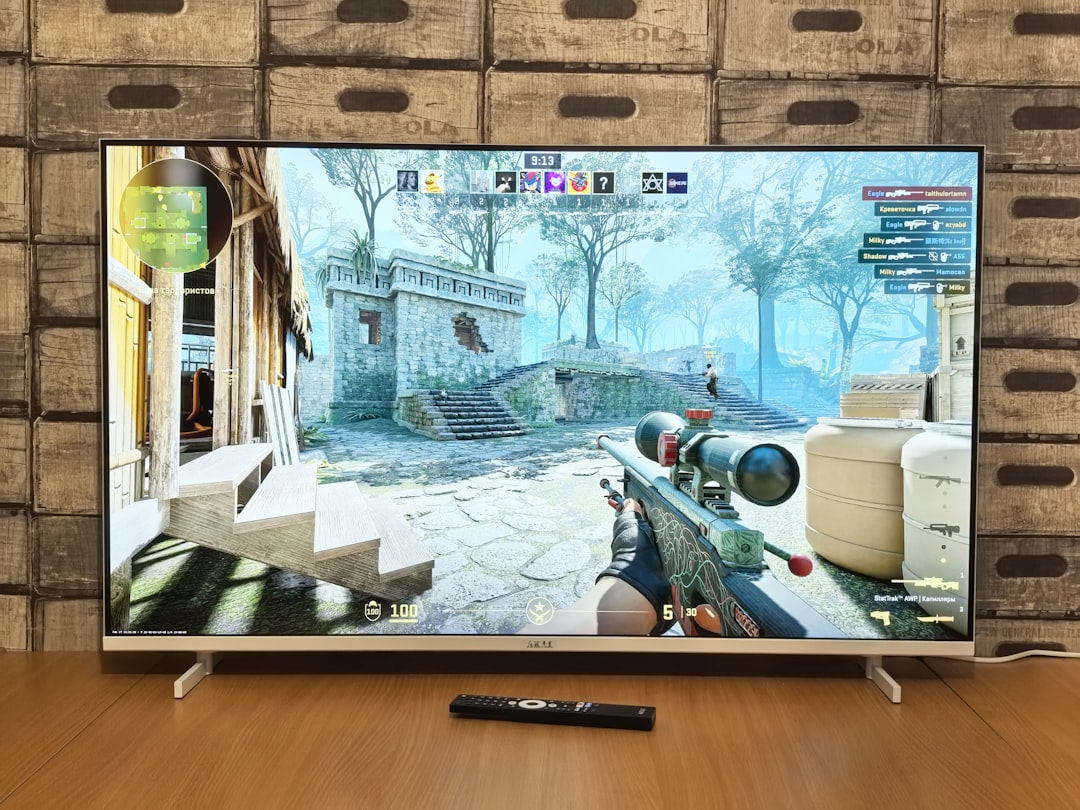In today’s digital age, maintaining secure access to institutional resources is more important than ever. For students, faculty, and staff at Illinois State University (ISU), the ISU VPN provides a safe, encrypted connection to the university’s internal network. This allows remote users to access services and resources as if they were physically on campus, ensuring continuity of work, research, and learning no matter where they are located.
What Is a VPN and Why Does ISU Use It?
A Virtual Private Network (VPN) extends a private network across a public one, allowing users to send and receive data securely. The ISU VPN encrypts your internet traffic, safeguarding against common threats like data interception and unauthorized access. It also helps to bypass certain limitations—such as access-restricted services or databases—that are only available on the university’s internal network.
The ISU VPN is essential for accessing:
- Departmental file shares and internal databases
- Remote desktop services
- Library subscription content and research tools
- Development servers and administrative systems

How to Set Up ISU VPN on Your Device
Setting up the ISU VPN requires following a few straightforward steps. Ensure you have administrative privileges on your device and a stable internet connection before proceeding.
Step 1: Download the VPN Client
Illinois State University utilizes the GlobalProtect VPN client from Palo Alto Networks. To get started:
- Visit the ISU VPN download page: https://vpn.illinoisstate.edu
- Log in with your ISU ULID and password
- Choose the correct version of GlobalProtect for your operating system (Windows, macOS, or Linux)
- Download and install the client following on-screen instructions
Step 2: Configure the VPN
After installation, launch the GlobalProtect client. When prompted, enter the portal address exactly as: vpn.ilstu.edu. Then:
- Click “Connect”
- Enter your ISU credentials when prompted
- If prompted, approve the two-factor authentication (2FA) via Duo Mobile
Once successfully connected, the VPN icon in your system tray should show a secure connection indicator.

Troubleshooting and Best Practices
Even with the correct setup, users may encounter occasional issues when using the ISU VPN. Here are some common problems and how to address them:
Common Issues
- No Internet after connecting: Ensure that your local firewall is not blocking the VPN client.
- Unable to Connect: Check for typos in the portal address (should be vpn.ilstu.edu) and that you have a valid ISU account.
- Frequent disconnects: Check your internet stability or try a different network.
- Duo Auth Not Triggering: Make sure your mobile device has internet access and try again.
Security Best Practices
To ensure your VPN usage is secure and efficient, follow these guidelines:
- Always disconnect the VPN when not in use to avoid unnecessary exposure
- Regularly update your VPN client to benefit from improved security patches
- Do not use public Wi-Fi for VPN connections unless you also activate device-level firewalls
- Avoid accessing sensitive services on shared or public computers
Conclusion
Using the ISU VPN correctly enables safe access to critical campus services and helps protect sensitive information, whether you are working from home, traveling, or originating from off-campus housing. Illinois State University’s deployment of GlobalProtect ensures every user has the tools needed for a secure and seamless remote experience. By following the proper setup and usage protocols, students and staff alike can maintain productivity while staying protected in the digital environment.
For additional support, refer to the official help documentation or reach out to the ISU Technology Support Center at supportcenter@ilstu.edu.
